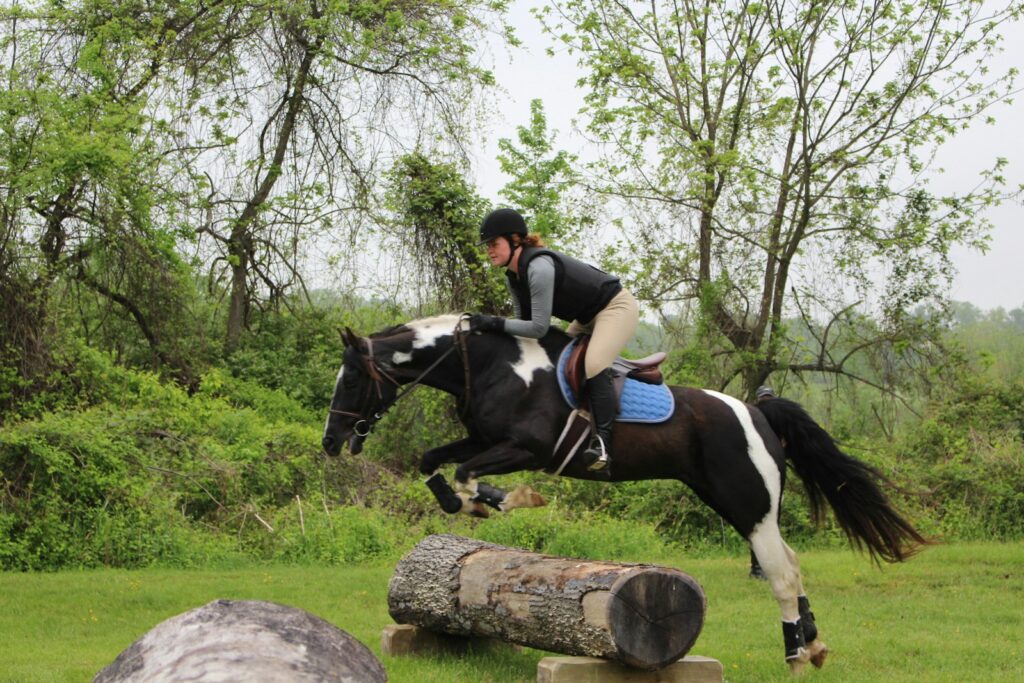Confidence is the invisible foundation on which truly great riding is built. In the competitive equestrian world, technical ability alone isn’t enough—what often sets champions apart is their mental strength. Whether you’re approaching your first show jumping course or preparing for a high-level dressage test, confidence impacts everything: your posture, timing, decision-making, and even how your horse responds to you. Many riders struggle with self-doubt, anxiety, or pressure to perform—but these mental hurdles can be overcome with intentional practice and the right mindset. This guide explores proven strategies to help you develop lasting riding confidence, one that holds steady under competition stress and deepens your bond with your horse along the way.
Understanding the Psychology of Riding Confidence
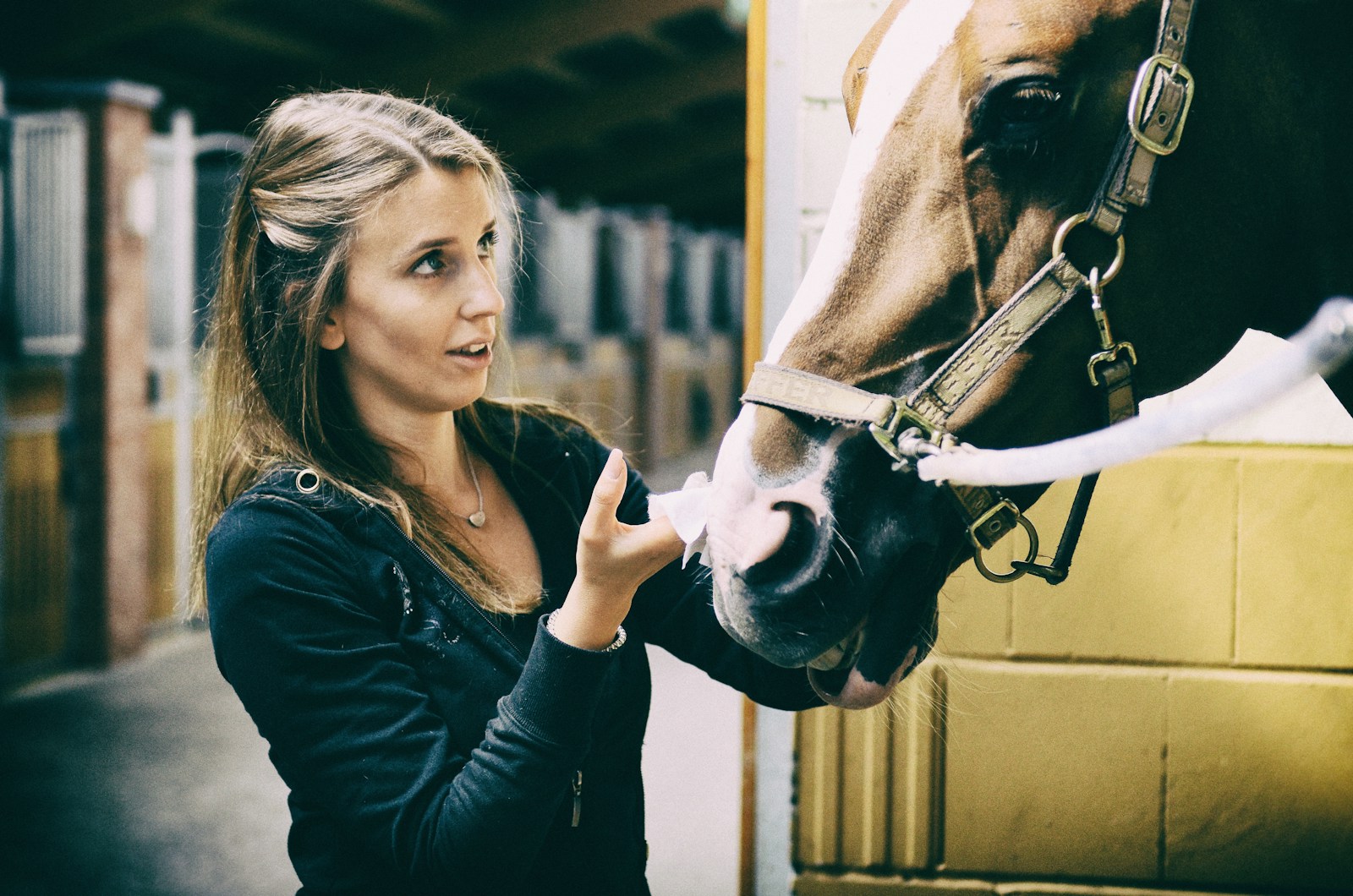
Confidence in riding isn’t just about thinking positively—it’s a deeper psychological state built on real skill, honest self-reflection, and emotional control. Sports psychology research shows that lasting confidence grows from consistent skill-building and positive, reinforcing experiences. For equestrians, this confidence must extend beyond belief in yourself—it also relies on the trust you share with your horse. That partnership is the heart of riding, and it makes equestrian confidence uniquely complex. Success depends on clear, responsive communication between two beings working as one. Recognizing that confidence naturally ebbs and flows—and learning to maintain it over time—helps riders manage performance anxiety and bounce back from setbacks with resilience.
Master the Fundamentals Before Advancing
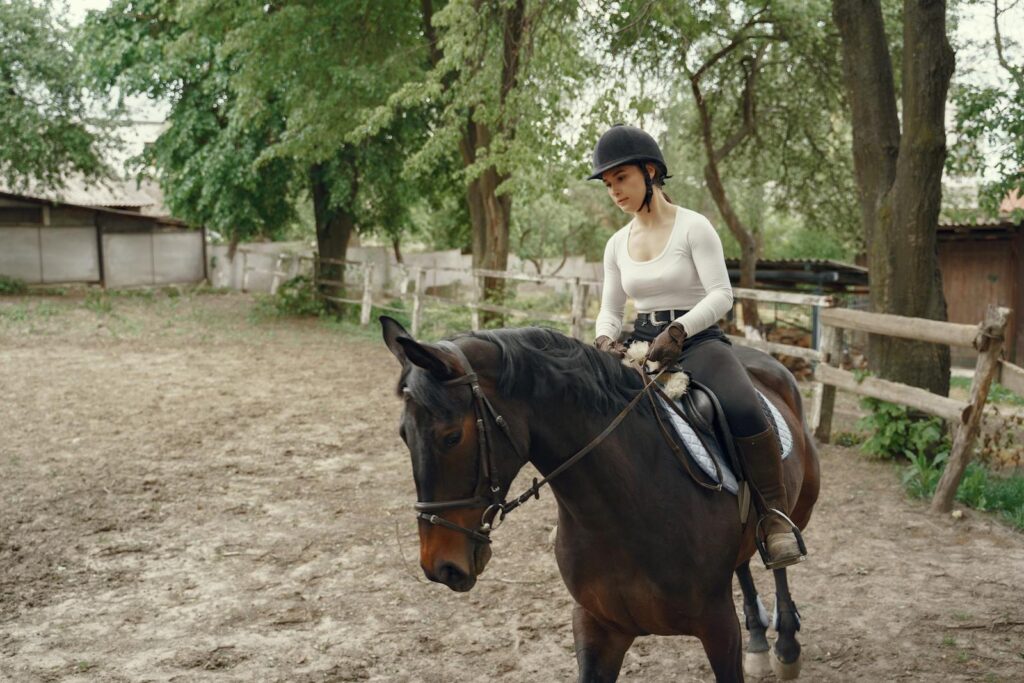
Strong technical foundations are the cornerstone of lasting confidence in the saddle. Instead of rushing into advanced movements, focus on mastering the basics of your discipline with meticulous attention to detail. Work closely with a knowledgeable instructor who prioritizes proper position, clear aids, and consistent communication with your horse. This steady, skill-based approach builds what sports psychologists call “competence confidence”—the kind that comes from knowing you can handle challenges because you’ve trained for them. Even Olympic riders devote much of their training to fundamentals, understanding that real excellence starts there. When doubt creeps in or a movement feels overwhelming, revisit these core exercises to restore your confidence and control.
Set Realistic, Progressive Goals
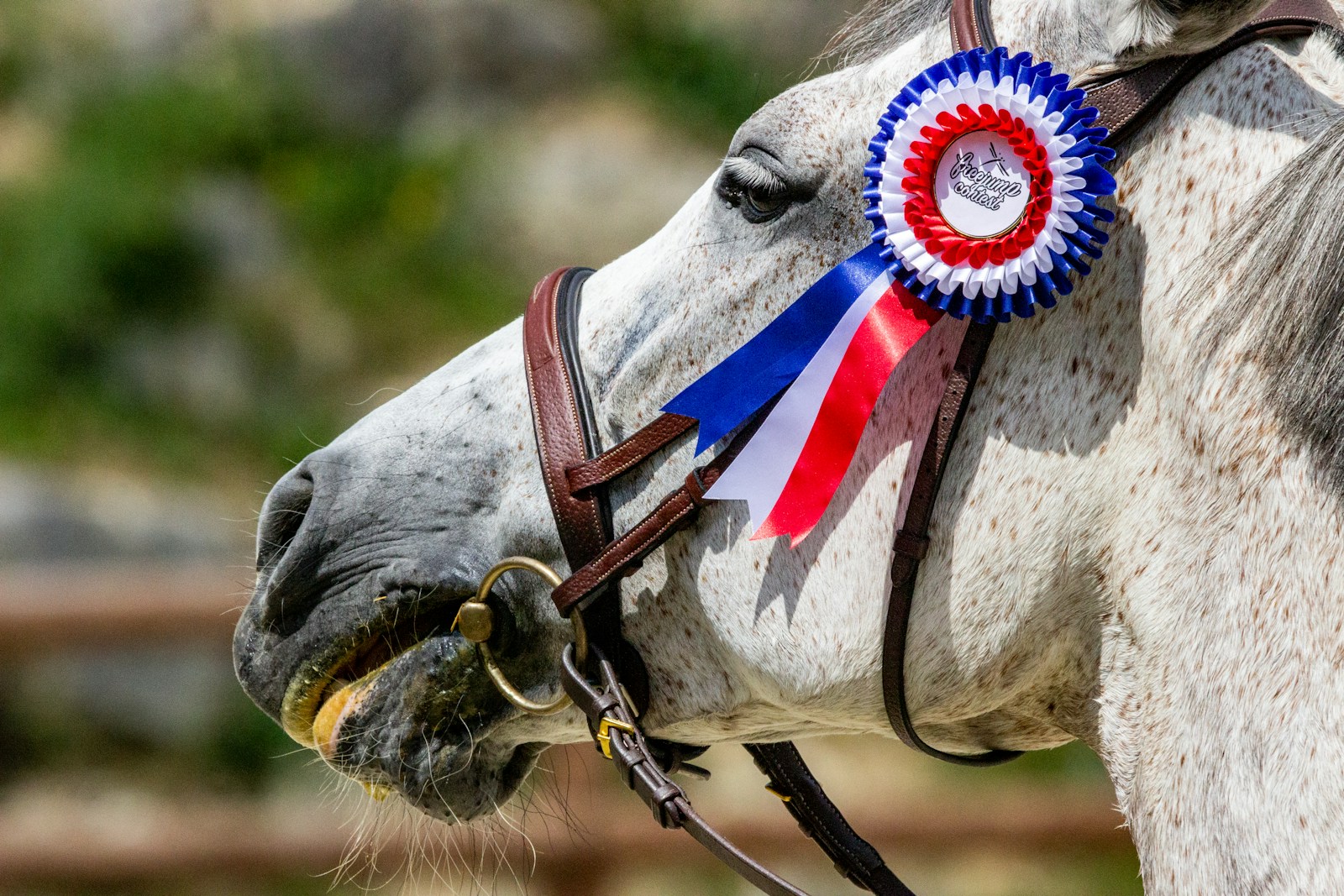
Confidence flourishes when riders experience consistent success through thoughtfully structured goals. Create a three-tiered system: daily training goals, monthly development goals, and long-term competitive aspirations. Each daily ride should include small, achievable objectives that, when accomplished, foster a sense of progress and competence. Monthly goals might focus on perfecting specific movements or addressing training challenges, while yearly goals could target competition levels or performance milestones. The key is ensuring each goal represents a manageable stretch beyond your current abilities—challenging enough to promote growth but realistic enough to remain achievable. Keep a training journal to document your progress, creating a tangible record of your accomplishments that will remind you of your developing skills when self-doubt creeps in.
Develop a Pre-Ride Confidence Routine
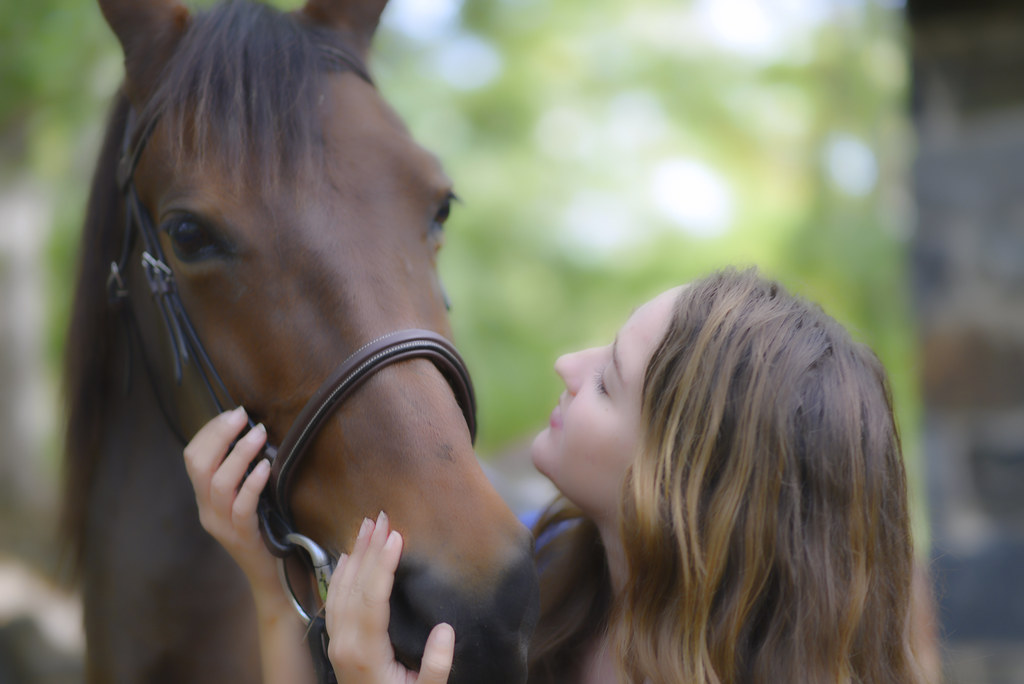
Structured pre-ride routines act as powerful confidence anchors before training sessions and competitions. Design a consistent sequence of physical and mental preparation activities that signal to your brain it’s time to perform. This might include visualizing successful rides, deep breathing exercises, a specific warm-up routine with your horse, and positive self-talk personalized to address your specific concerns. Elite athletes across all sports use similar routines to create a sense of control and familiarity, even in high-pressure environments. Your routine should be flexible enough to implement in various venues but comprehensive enough to effectively prepare both your mind and body for focused riding. With consistent practice, simply beginning your routine will trigger a confident mindset through psychological conditioning.
Master Your Self-Talk
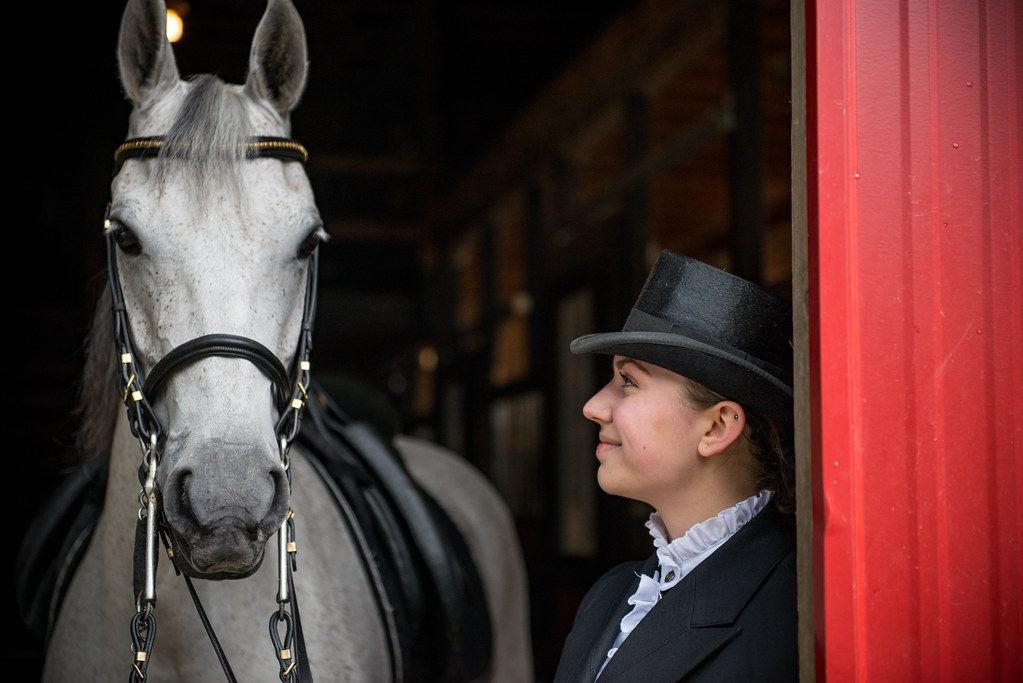
The internal dialogue running through your mind has a powerful impact on your riding confidence and performance. Many riders unknowingly sabotage themselves with negative self-talk, catastrophic thinking, or unrealistic expectations that create unnecessary pressure. Start by monitoring your self-talk during rides, identifying patterns of unhelpful thoughts that lead to tension or hesitation. Then, replace those thoughts with specific, constructive alternatives that acknowledge the challenge while focusing on solutions. For instance, change “I always mess up this combination” to “This combination requires precise timing—I’ll focus on establishing that early.” Effective self-talk isn’t about blind positivity; it’s about being realistic and action-oriented, guiding your attention toward what you can control rather than fixating on outcomes or past mistakes. With regular practice, deliberate self-talk can reshape your thinking patterns and gradually foster a more confident internal mindset.
Visualization as a Confidence-Building Tool
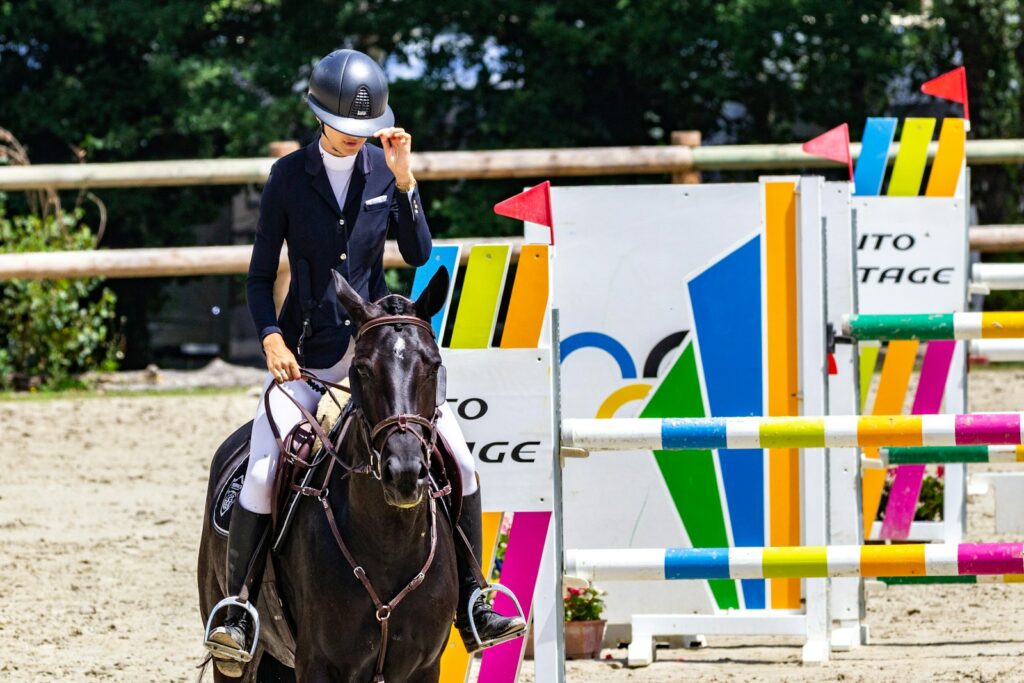
Mental rehearsal through detailed visualization strengthens the neural pathways involved in successful performance, giving your brain valuable practice without the physical strain. Set aside 10–15 minutes each day to vividly imagine confident, successful rides, engaging all your senses: feel the correct posture, see the view from the saddle, hear the familiar sounds around you, and experience the emotions of riding with composure and control. Research shows that riders who consistently use visualization perform better under pressure because their brains are already familiar with the experience of success. For maximum effectiveness, visualize both ideal performances and effective responses to potential challenges, training your mind to maintain composure when facing unexpected difficulties. When creating mental images, include specific details of venues where you’ll compete to reduce environmental anxiety when you arrive at actual competition sites.
Strategic Exposure to Competition Environments
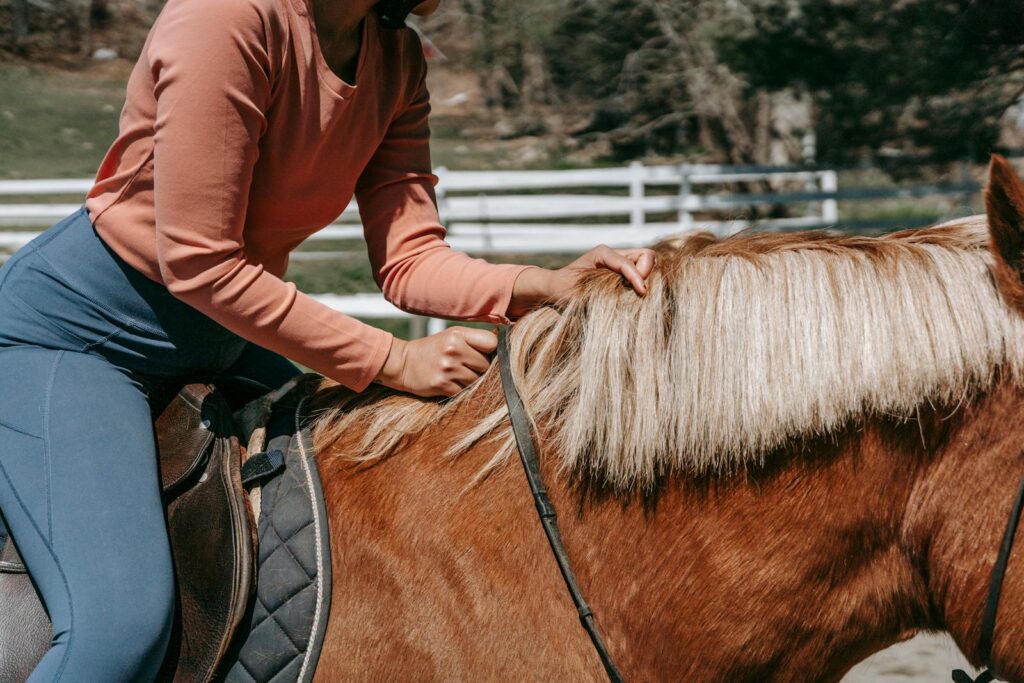
Gradual exposure to competitive environments helps build psychological resilience and situational confidence. Start with low-pressure schooling shows or clinics where expectations are minimal, allowing you to adjust to the competitive atmosphere without the weight of high performance demands. These early experiences are ideal for refining your pre-show routine, identifying sources of anxiety, and practicing effective coping strategies. Many instructors also recommend volunteering at shows in your target discipline to familiarize yourself with the environment, procedures, and judging standards without the stress of competing. When you’re ready to enter competitions, consider choosing events slightly below your current training level to boost early success and create positive associations with showing. This step-by-step approach follows the psychological principle of systematic desensitization, gradually reducing performance anxiety through controlled and encouraging experiences.
Find the Right Equine Partner

The compatibility between rider and horse plays a crucial role in building confidence, especially for developing competitors. A horse whose temperament, training level, and capabilities align with your current skills creates the ideal environment for growth. Many confident riders credit a trustworthy, forgiving equine partner as a key factor in their success. It’s worth working with an experienced trainer to evaluate potential mounts—not just for ability, but for the quality of the partnership. Even accomplished riders acknowledge that certain horses naturally bring out their best through compatible temperaments and communication styles. If you’re struggling with persistent confidence issues on your current horse, an honest assessment of the partnership may reveal whether the match is supporting your progress or creating avoidable challenges at this stage of your journey.
Develop Physical Fitness for Riding Security
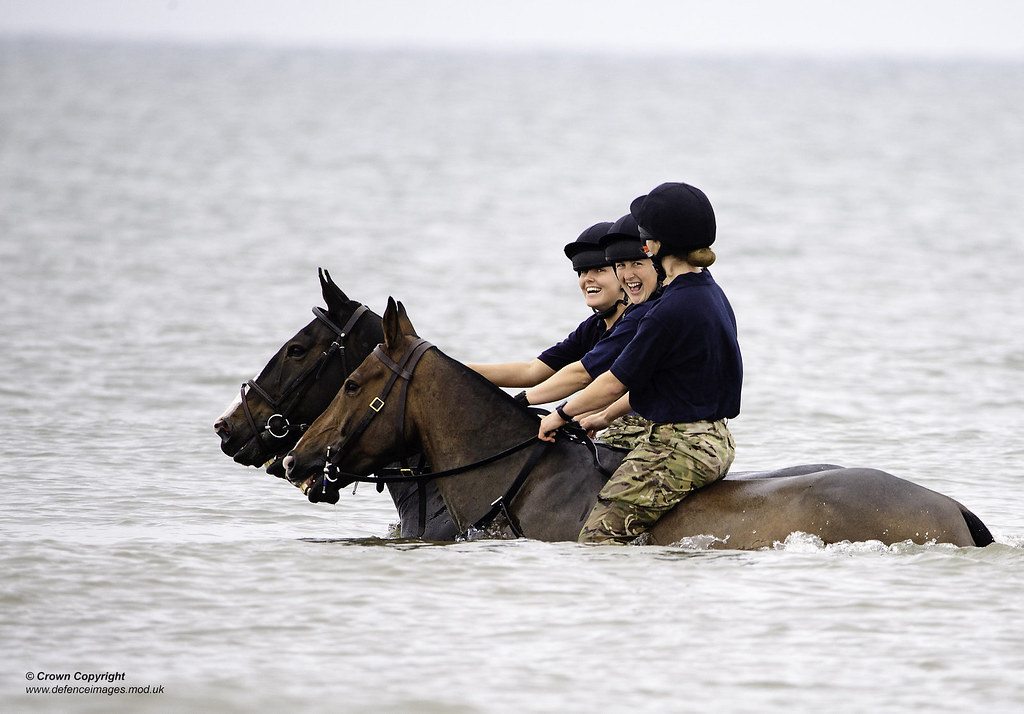
Physical preparation directly contributes to riding confidence by enhancing balance, strength, and stamina. A well-rounded cross-training program that targets core stability, leg strength, and cardiovascular fitness is essential for effective riding across disciplines. When riders are physically conditioned, they enjoy greater security in the saddle, more precise control over their aids, and fewer fatigue-related errors during extended competitions. Exercises such as planks, squats, balance drills, and rotational core movements directly support the physical demands of confident riding. These benefits also extend to faster recovery between classes and increased resilience when unexpected challenges arise. Many professional riders treat fitness training as a non-negotiable part of their program, understanding that physical preparedness lays the groundwork for mental confidence under pressure.
Work with Confidence-Building Professionals

The right instructional team plays a critical role in developing rider confidence through their teaching style and feedback approach. Look for instructors who combine technical expertise with psychological sensitivity—those who offer constructive critique while consistently recognizing your progress and strengths. Confidence-building coaches foster training environments where mistakes are viewed as valuable learning opportunities rather than failures. Beyond riding instruction, consider working with sports psychology professionals who specialize in equestrian performance, offering mental strategies for competition preparation and recovery from setbacks. Many modern riders now include mental skills coaches in their support teams, understanding that psychological readiness deserves the same professional focus as physical conditioning and technical mastery. Investing in quality instruction from professionals who truly understand the dynamics of confidence can often accelerate progress more effectively than trying to navigate challenges alone.
Learn from Setbacks Without Internalizing Failure
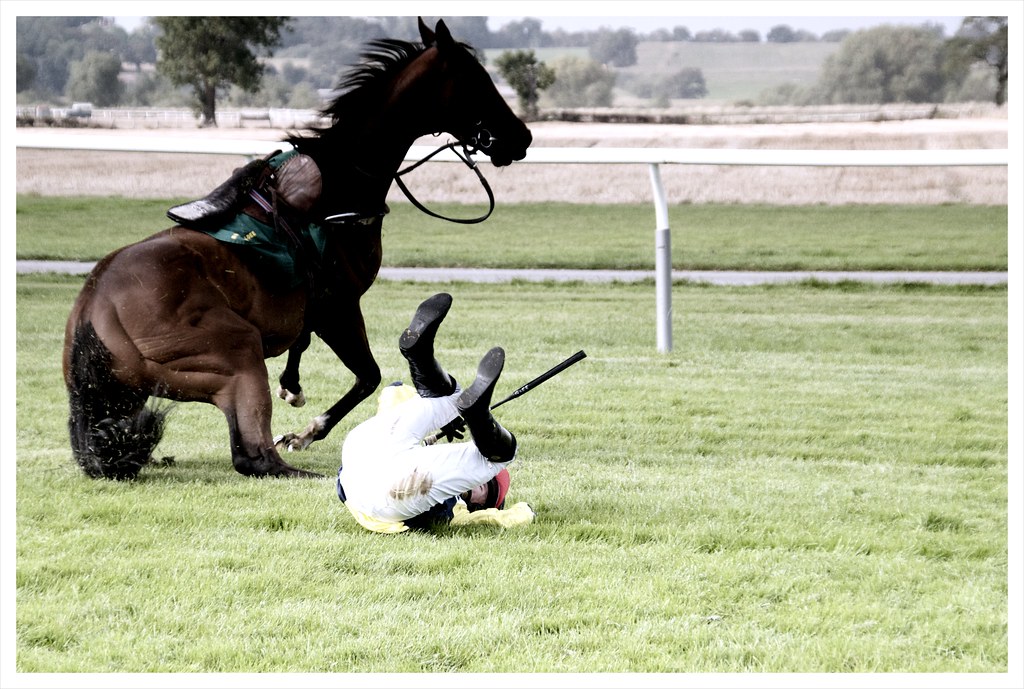
Developing resilience after setbacks is what separates confident competitors from those who are permanently discouraged. After a difficult ride or disappointing competition, use a structured reflection process to separate emotional reactions from performance analysis. Start by acknowledging your emotions without judgment, then objectively assess what went well, what didn’t, and the specific factors that contributed to the outcome. Turn these insights into targeted training adjustments rather than broad criticisms of your abilities. Recognizing that setbacks are a universal part of equestrian sports—even at the highest levels—helps you maintain perspective during tough times. Many top riders openly credit their biggest improvements to lessons learned from disappointing performances, proving that setbacks only become failures if we refuse to learn from them. This resilience-based approach helps protect your confidence from being undermined by temporary disappointments.
Create a Supportive Community
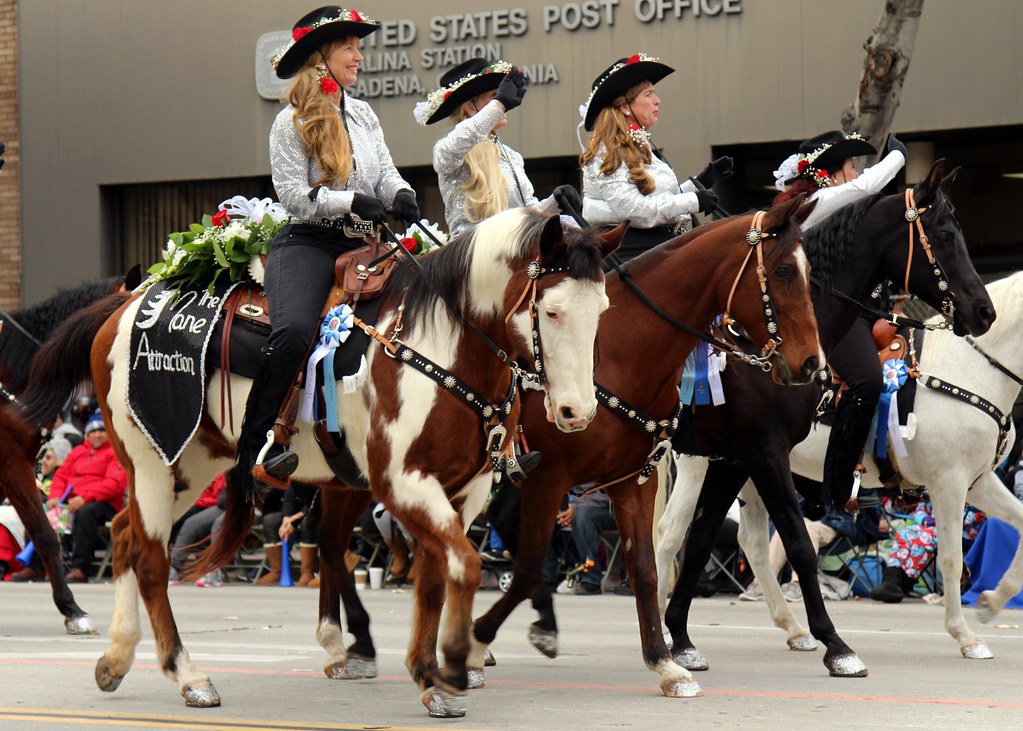
The social environment surrounding your riding significantly impacts confidence development through the expectations, feedback, and support you receive. Intentionally cultivate relationships with fellow riders who demonstrate constructive attitudes, celebrating others’ successes while maintaining healthy competitive motivation. Distance yourself from toxic barn environments characterized by excessive criticism, unrealistic expectations, or undermining comments that erode confidence. Seek mentorship from more experienced riders who remember their own development journey and can provide perspective during challenging periods. Online communities can supplement in-person connections, through carefully selected groups focused on education and support rather than comparison or equipment obsession. Research in sports psychology consistently shows that athletes with strong support networks demonstrate greater resilience following setbacks and maintain more consistent confidence levels throughout their competitive careers.
Celebrate Progress Beyond Ribbons
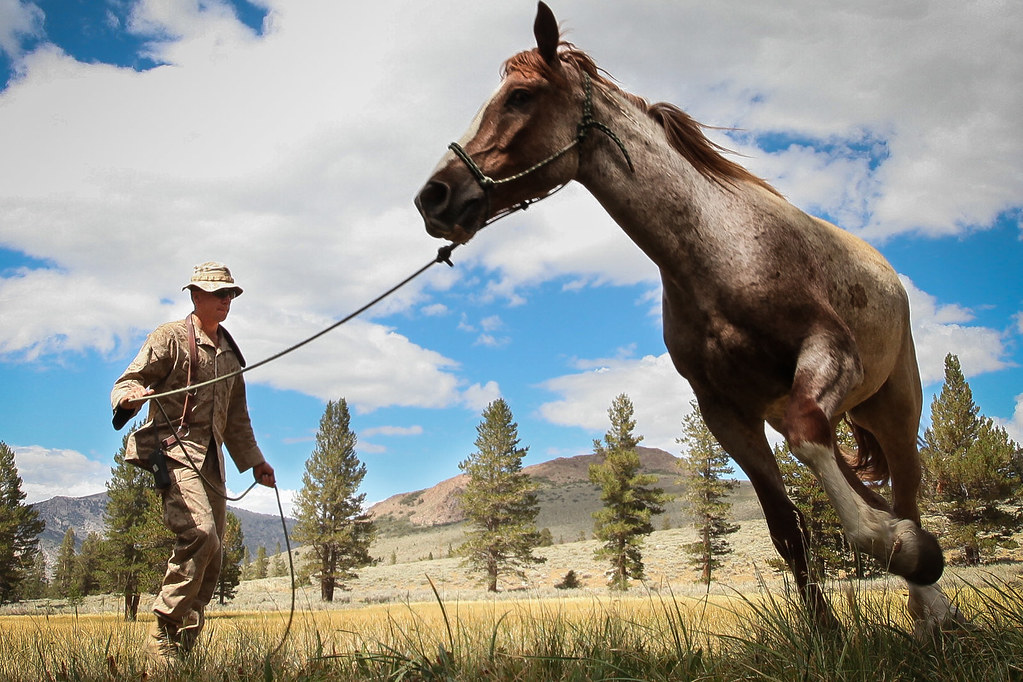
Developing a sophisticated progress-tracking system that extends beyond competition placements creates a sustainable foundation for confidence. Document specific improvements in your riding through video analysis, instructor feedback, and personal reflections on how movements or courses feel compared to previous attempts. Recognize that development in riding often progresses in subtle increments rather than dramatic breakthroughs, requiring attentiveness to small improvements that collectively represent significant advancement. Many riders find maintaining a training journal particularly valuable, as reviewing entries from months earlier provides concrete evidence of progress that might otherwise go unnoticed in day-to-day training. This comprehensive approach to measuring growth ensures your confidence remains anchored in genuine development rather than fluctuating based solely on competitive outcomes, which can be influenced by numerous factors beyond your control.
Confidence in competitive riding isn’t spontaneous—it’s intentionally built through technical skill, mental preparation, and a strong support system. By consistently applying these evidence-based strategies, riders at any level can develop the resilience needed to perform under pressure. Remember, confidence is an ongoing journey, not a final destination. It evolves as you grow through each stage of your riding career. With patience and persistence, the nervous rider at local shows can transform into the focused competitor who enters championship classes with calm determination—knowing they’ve earned both the skills and mental strength to rise to the occasion. Ultimately, the journey toward confidence enhances not only your competitive success but also your partnership with your horse and your overall enjoyment of the sport.

